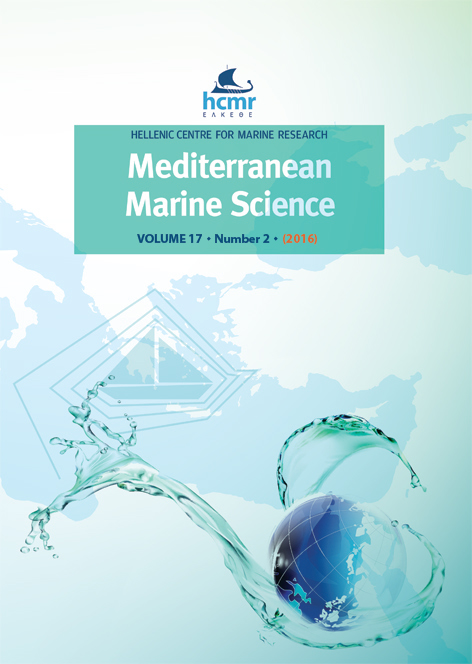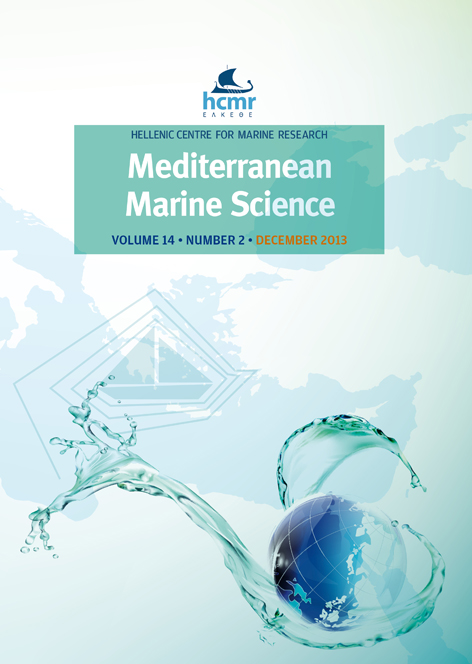A massive ingression of the alien species Mytilus edulis L. (Bivalvia: Mollusca) into the Mediterranean Sea following the Costa Concordia cruise-ship disaster
Résumé
The Costa Concordia cruise-ship disaster occurred just off the coast of Italy on January 13th, 2012, and entailed the largest marine salvage operation in history. The salvage employed vessels from different European harbours, providing an unexpected means for transporting alien species into the Mediterranean. In this work we identified mussel species using fragments length polymorphism of a nuclear locus and report the first evidence of the transport of the blue mussel, Mytilus edulis Linnaeus, 1758 (Bivalvia: Mollusca), into the Mediterranean Sea, as a part of the fouling community of the hull of an accommodation barge arrived from a NE Atlantic location in October 2012. Furthermore, we describe the rapid growth of this species, under the ASV Pioneer, until its almost total extinction during the summer of 2013, which left a covering of mussel shells on the underlying Posidonia oceanica (Linnaeus) Delile, 1813. meadow. This high mortality rate indicated that M. edulis had been exposed to high stress conditions, probably due to different salinity, temperature, and oligotrophic conditions from its place of origin, and there was no spawning event or known settlement on the nearest infralittoral natural habitats. This event reminds us of how the Mediterranean Sea is constantly under alien-species pressure, due to human activities.
Article Details
- Comment citer
-
CASOLI, E., VENTURA, D., MODICA, M. V., BELLUSCIO, A., CAPELLO, M., OLIVERIO, M., & ARDIZZONE, G. (2016). A massive ingression of the alien species Mytilus edulis L. (Bivalvia: Mollusca) into the Mediterranean Sea following the Costa Concordia cruise-ship disaster. Mediterranean Marine Science, 17(2), 404–416. https://doi.org/10.12681/mms.1619
- Numéro
- Vol. 17 No 2 (2016)
- Rubrique
- Research Article
Authors who publish with this journal agree to the following terms:
- Authors retain copyright and grant the journal right of first publication with the work simultaneously licensed under a Creative Commons Attribution Non-Commercial License that allows others to share the work with an acknowledgement of the work's authorship and initial publication in this journal.
- Authors are able to enter into separate, additional contractual arrangements for the non-exclusive distribution of the journal's published version of the work (e.g. post it to an institutional repository or publish it in a book), with an acknowledgement of its initial publication in this journal.
- Authors are permitted and encouraged to post their work online (preferably in institutional repositories or on their website) prior to and during the submission process, as it can lead to productive exchanges, as well as earlier and greater citation of published work (See The Effect of Open Access).








